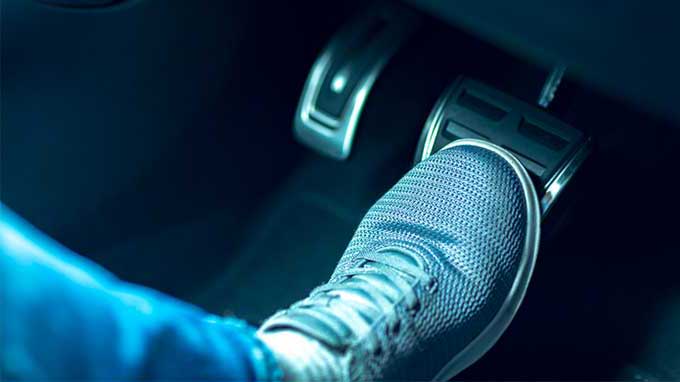Research In Action
Research In Action
Breadcrumb

Thanks to voluntary guidelines adopted by the majority of auto manufacturers in 2016, most automobiles produced in 2020 will have Automatic Emergency Braking (AEB) as one of the installed features. New cars are now commonly equipped with a radar system and the ability to detect an imminent collision with a Forward Collision Warning (FCW) feature. In addition, AEB is now able to act if the driver fails to stop the car after being warned to brake.
To determine the effect of AEB to prevent or mitigate rear-end crashes, I worked with a team of researchers led by Thomas Seacrist, MBE to deploy predictive analytics and modeling on the Strategic Highway Research Program 2 (SHRP2), a large naturalistic database that captured real world data from thousands of vehicles over a two-year period. We identified rear-end crashes and created a dynamic model of the vehicle and environment.
Because SHRP2 ended in 2015, none of the vehicles were equipped with AEB, so we recreated the crashes using a mathematical simulation as if the vehicles had AEB. A total of 97 rear-end striking crashes were identified with drivers in four age groups: teens (ages 16-19); young adults (ages 20-24); adults (ages 35-54), and older adults (age 70+).
Promising Results
Funded by the Center for Child Injury Prevention Studies (CChIPS), the study findings published in Safety Science show that AEB is very effective in preventing rear-end striking crashes:
- Overall, AEB prevented 83% of rear-end crashes, much greater than previously reported, which ranged from 38% to 70% (Jermakian, 2011; Fildes et al, 2015; Cicchino, 2017).
- AEB prevented 57% of teen rear-end crashes, 81% of young adult rear-end crashes, 100% of adult rear-end crashes, and 71% of older adult rear-end crashes.
- AEB is less effective in preventing rear-end crashes occurring in poor weather conditions or at higher speeds.
- 43% of the crashes occurred in inclement weather.
- A lower percentage of crashes were prevented among teen drivers, whose crashes tended to occur with higher AEB onset speeds than the other three age groups.
To reduce crash risk for young drivers, we need to encourage parents to give their teens access to vehicles that have AEB and other safety features. This may mean sharing the newer family car that is more likely to have these features than purchasing an older car without these features for their children to drive. We also need to encourage automobile manufacturers to optimize AEB systems to account for poor weather conditions and higher speeds.

